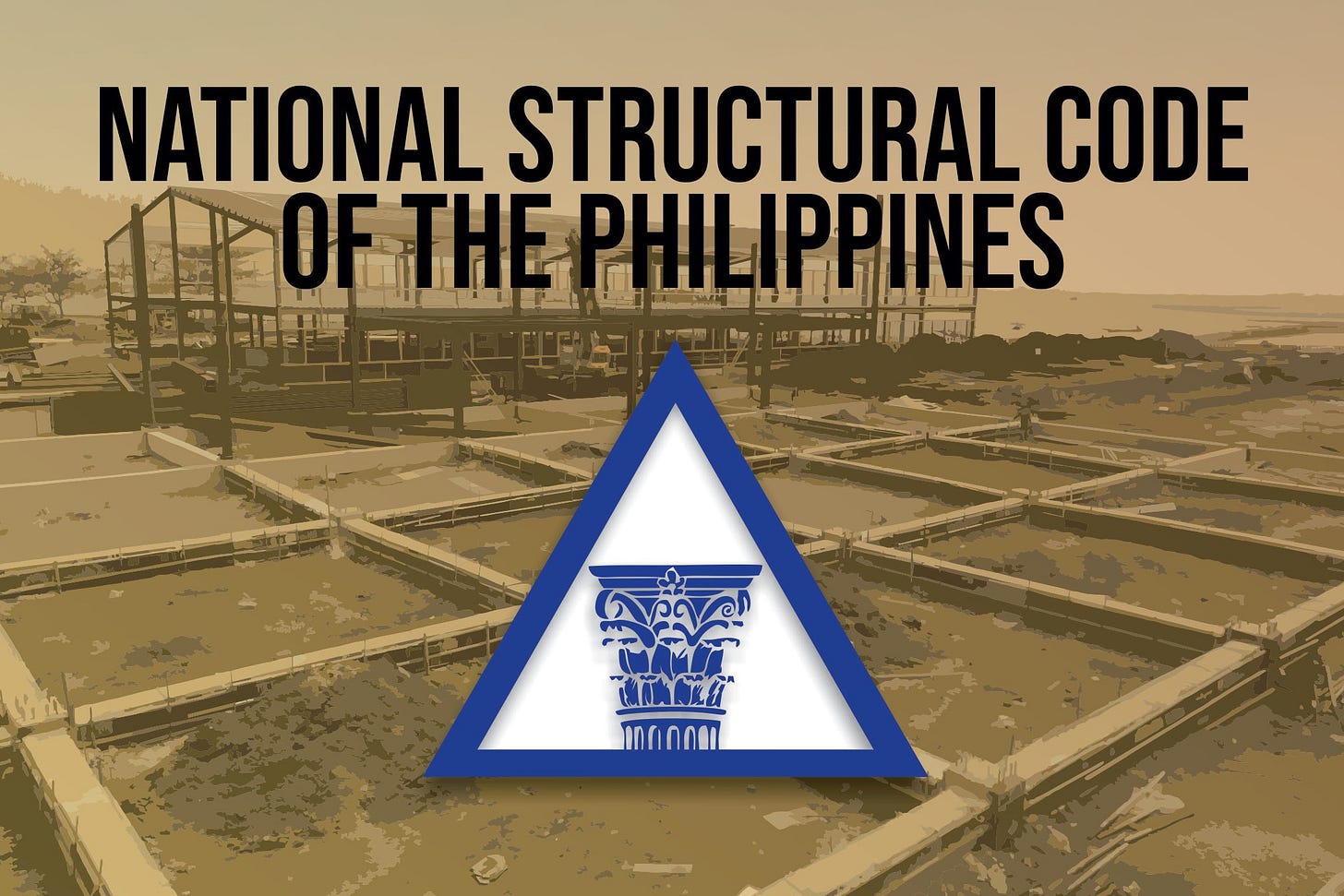Blog 9: National Structural Code of the Philippines
Architectural Comprehensive Course II Blog
Note: These blog series are made back in 2019 and migrated from my old website which focused around exploring Building Laws in the Philippines in the context of our individual thesis topics.
The National Structural Code of the Philippines is a two-volume Code with one for Buildings, Towers & other vertical structures and the other for Bridges. The Code was adopted by the Association of Structural Engineers of the Philippines (ASEP) Inc. from various international and western country laws such as Uniform Building Code (UBC), International Building Code (IBC) and mostly American standards. Back then there was no such Code that will be used locally for structural practices, not until 1968 when the Ruby Tower, a six-storey condominium building collapsed. Thereafter created the NSCP 1972 which was based on the UBC 1970.
The UBC has been adapted for 73 years before it was replaced by International Building Code in 2000, regardless the UBC is still used as guiding principle not just for IBC but many more including this Code. The Code is a comprehensive and mostly technical sheets of information that is mainly composed of complex calculations. Although the Code is easily accessible either online or actual document, understanding the book is pretty much difficult without sufficient background of structural or civil engineering or any related engineering subjects with calculations involved.
The first part of the book do have summarized definitions and shortened and tabulated information however, the actual codes are mostly computations which can be tedious and out of Architecture, even though it is encouraged to know the basics of the principles used in civic and structural engineering, it will be for another time and may require amount of attention to finish.
Setting aside the completely different approach of the Code being a very technical document compared to NBCP and the like, its relevance and importance share with all other building Codes existing at present. Thanks to the great Filipino Architects back when NSCP was nonexistent, and yet managed to build such remarkable structures that still standing today, such as the Cultural Center of the Philippines (CCP), Folk Arts Theater, and others. This exhibits an Architects expertise in the Building Industry, and although professions today are divided by clear boundaries, it is statutory to attain every basic knowledge related to Architecture.


